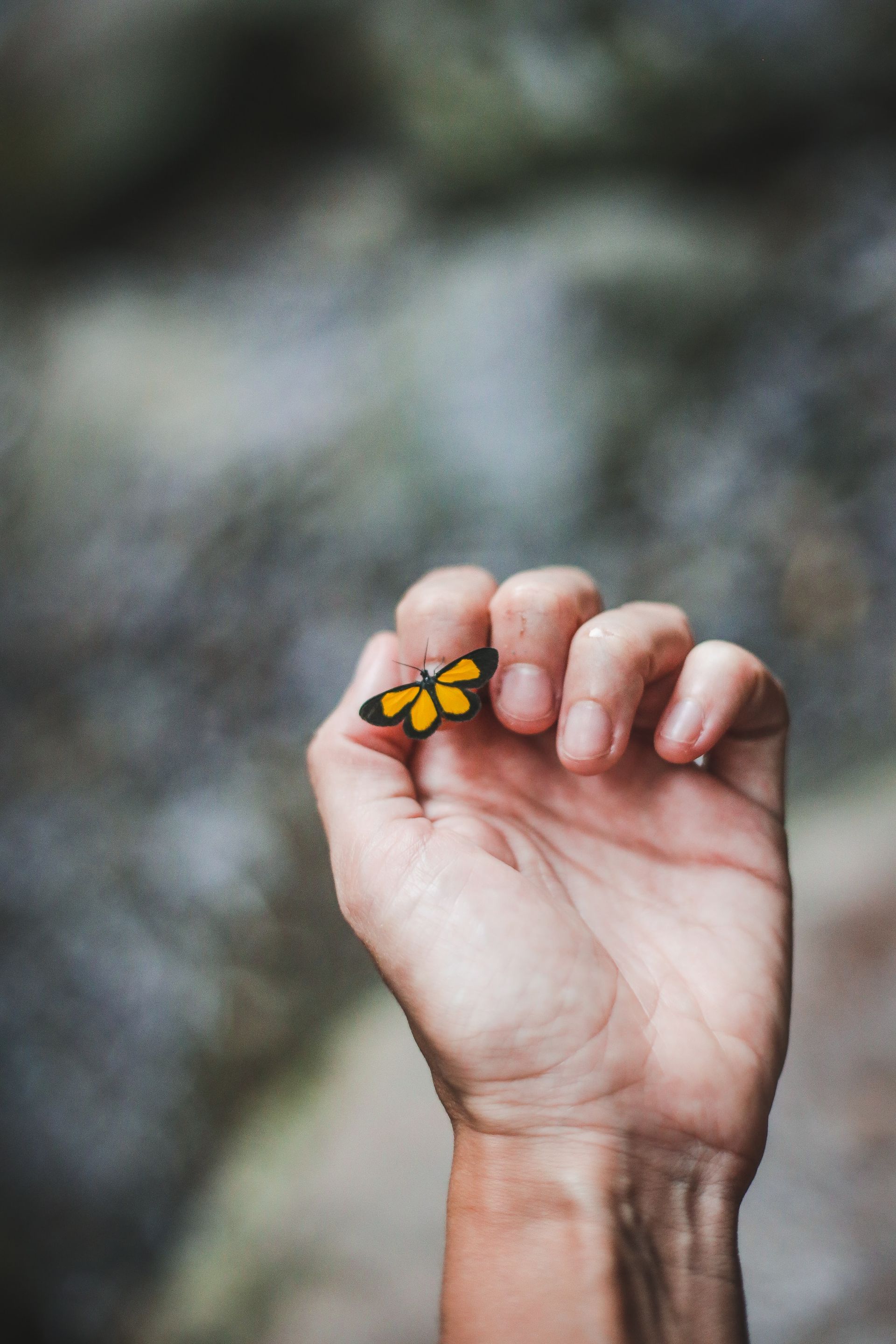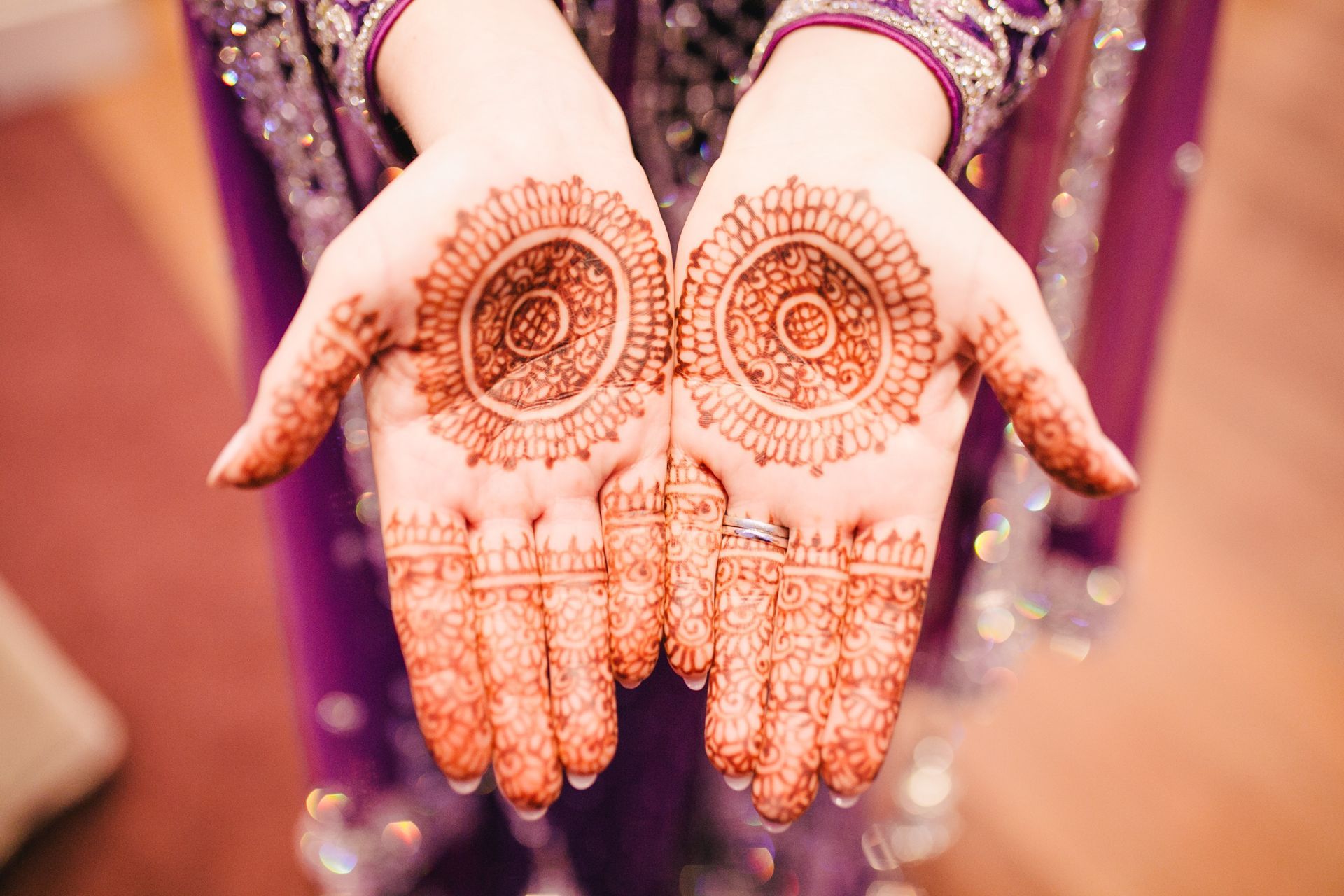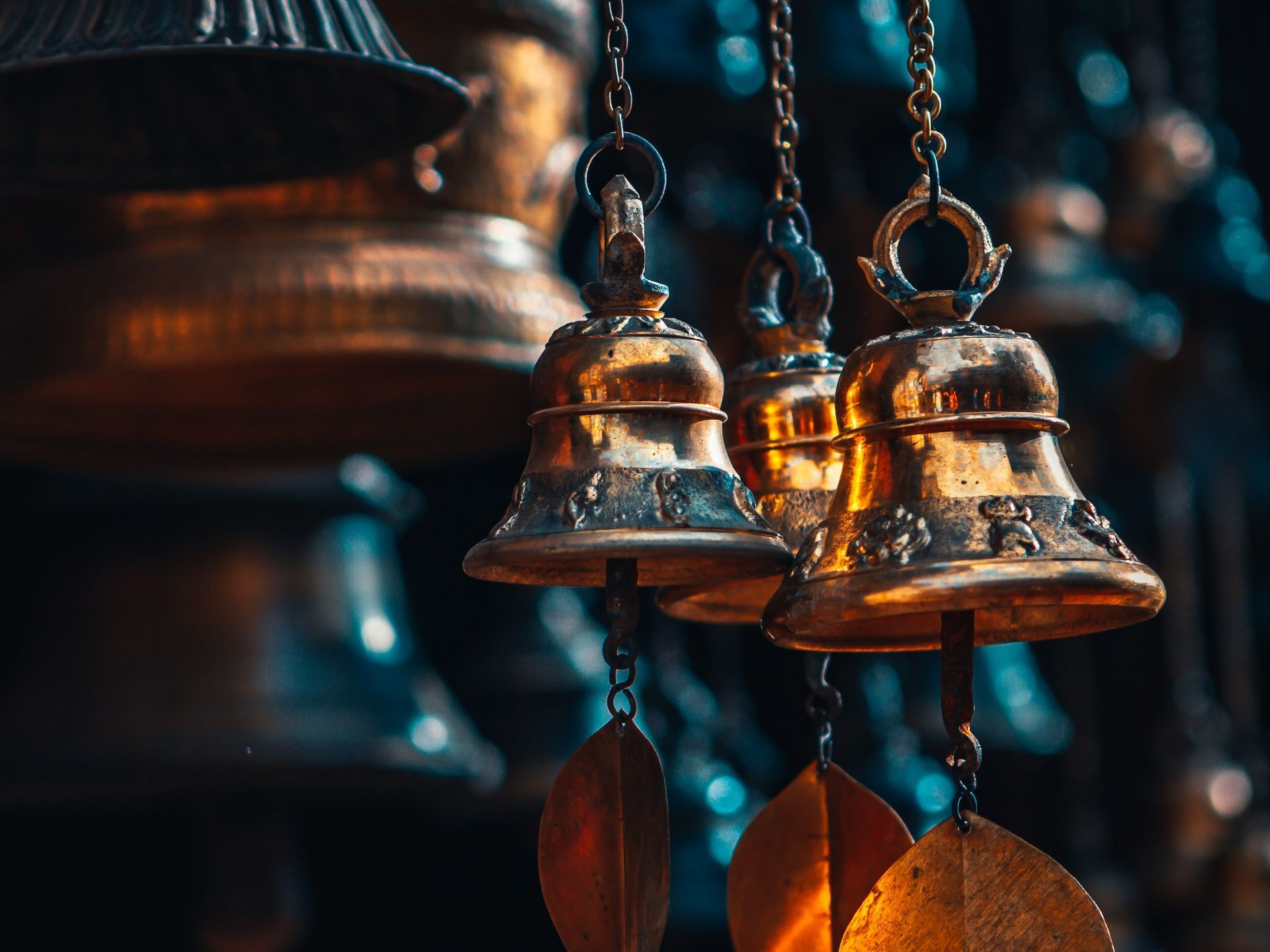Committed Self-Work and Presence
Share this Article
To the spiritual seeker...
There has been, and continues to be, an ongoing crisis in spiritual communities globally with regards to ferreting out charlatans. Shared articles across social media platforms of bad trips, botched ceremonies, abuse of power and incompetence signal a warning to spiritual seekers—beware of the person, beware of their training, check up on their authenticity. The remedies I have read, which I disagree with, are that we should ensure that the teacher we work with is “indigenous trained” and/or “doesn’t charge for their services” and/or “comes from an unbroken tradition”. In my experience, the crisis in authenticity cannot be addressed by performing a review of these external criteria.
This is personal for me. I have been on a spiritual path for 26 years. It has taken me around the globe (especially to East and Central Asia, the American and Canadian west). I have met many spiritual teachers and seekers, traditional medicine holders and ceremonial leaders. I have had “bad trips,” specifically met people who didn’t use their power appropriately or lacked the maturity and knowledge to hold a safe space. I have also met good teachers, who have done their own healing work and possess the maturity and presence necessary to help others do the same. Based on my experience, I am confident that simply looking for someone who has traditional knowledge or training won’t safeguard from having bad experiences. Collectively, we’re missing the point.
To truly promote safety, we need to look deeper, regardless of someone’s cultural background, tradition or training: are they doing their own healing work, and where are they with it? Are they encouraging their students to do the same? And are you, as someone seeking, prepared to be rigorous in your own work?
Seeking the Elusive Tradition
“Tradition” is a loaded term that has different meaning to different people. I don’t want to get into an academic breakdown of its usage and meaning, however, I do want to state my opinion that what constitutes “traditional knowledge” and/or “traditional practice” is an ideal, a construct. All knowledges and practices are in a constant state of change, even more so today.
In the context of a traditional practice, for example, a healing ceremony, there is both the form and the spirit or intent of the ceremony. The form refers to the steps, procedures, invocations, etc. that are carried out by the ceremony leader and participants. The intent is the purpose activated through the ceremony. In traditional ceremonies, the form itself carries the intent and that intent is then intermixed with the intent of the participants. Someone initiated in that tradition understands the form and the intent of the form, they live/embody both. This allows them the capacity to then transmit the practice. The best traditions are living and are able to be adapted to the times because they are embodied by people who understand the traditions enough to safely adapt them.
Due to genocide, globalization and generational discontinuity there has been a near total breakdown of form. We can’t close pandoras box on this one. We are living amongst many ways of knowing, many paths, many forms that are in a state of cross-pollination and transformation. Across indigenous communities, traditional knowledge has been at threat of or victim to a kind of mass extinction. When the traditional knowledge is lost, the path to rediscovery may involve going deeper within, looking through the lens of colonial authors, seeking across traditions to find truth, often all of the above. When a community is able to heal and there are people that are healed enough to carry the knowledge, there is hope of renewal, but this challenges the construct of a tradition or lineage of knowledge. It is often multicultural and is founded in restoration and healing— what I am calling committed self-work.
We know there have been longstanding problems within Christian traditions concerning misuse of power, but it’s not just those traditions; misuse of power exists everywhere throughout all cultures, traditions and times. We need to be careful not to romanticize a practice or a person because of their background. We need to examine that person and practice closely. Any practice from any tradition can be corrupted due to wounding and/or lack of maturity of the one practicing, which impacts the intent. I have some specific notes here based on my experience:
- Some people are well-intentioned, but they may either lack maturity and self-awareness, or have some significant blind spots due to their own wounding. This means they haven’t done enough of their own work to be able to hold a safe container for others.
- Some people and/or practices are not well-intentioned. There are some people out there who have the intention of exercising power over others, stealing from others, or otherwise seeking power for themselves. In my opinion, anyone seeking power other than their own power is misguided. Likewise, some practices have persisted (throughout time) that teach that to gain power comes at a cost—that we live in a limited world where we have to take from to get. Run the other direction if you encounter this.
- Money itself is not good or bad. In today’s world, I believe that requesting money for service is a form of self-respect and can be a form of fair exchange, so long as the service being provided is someone’s to give and has not been stolen.
What makes the difference when it comes to working with a spiritual teacher or ceremonial leader of any kind, from any tradition, is the quality—the character—of the person or people transmitting the knowledge. In our contemporary time, we should prioritize maturity—someone who has set on their own path of committed self-work, and who expects the same out of their students.
I know that for me, not only do I expect this out of my teachers, I have come, over time, to want it in any work that I do myself.
Committed Self-Work
What is committed self-work? First and foremost, I believe the term self can refer to the individual self and/or the collective self, depending on the context. If we are evaluating our participation in a community practice, or ceremony, we can look at the collective as well as individuals within it. Committed self-work, then, refers to wholehearted dedication to healing, self-development and growing awareness. I would expect any leader, teacher, healer or community who is on a path of committed self-work to be engaged in the following:
- Self-Healing. Across many traditions, healing is a process of becoming more whole, more ourselves, more connected and in harmony with the world around us. Wounds from the past that are unhealed can act like hauntings that color our view of the world. They impact our intentions and the actions that come from them. Our practices must contain the commitment to address our wounding when it is ready to be healed, and to maintain the spirit of willingness to face difficult truths, even if we are scared.
- Clearing Intentions. What we bring into a ceremony or healing engagement of any kind has a significant impact on the experience. To possess clear intentions, we have to be aware of what our intentions are—committed self-work involves continuously examining what we are putting out and where what we are putting out is coming from within us. Our practices must therefore center on sensitivity and increasing our own awareness.
- Growing Awareness. The process of awareness is lifelong, it involves the dropping of illusions, the dropping of the lenses through which we interpret our experience. Awareness must be a priority of any self-development work. We need to grow in our ability to pay attention, to track, to look with new eyes at every circumstance, and to learn from it. As we grow in our awareness, we are able to drop our preconceived notions and see the world more and more as it is. I believe that experiencing the world more as it is helps us to be more connected, to gain a sense of being a part of the fabric of existence. Likewise, I believe that as we connect more directly to the world around us, rather than through the filter of our past, we grow in our awareness.
- Connectedness. Connectedness is about participating in something greater than ourselves. When we disconnect, it is often due to a lack of trust and can result in trying to control—forcing outcomes or "doing onto" others. Our practices should prioritize connection. In this spirit, a humility can emerge that helps to safeguard from grandiosity or causing harm.
These are not easy things to vet over the internet or even through reading what someone has written. I recommend that you have a conversation where you can ask the person you would like to learn from or practice with questions about their own self-work and their own intentionality directly— over the phone, on video chat or in person (not via SMS, Instagram, Facebook or email). When you enter the conversation, be honest about your intentions for asking, then go ahead and ask them directly whatever you are curious about. Here are some examples:
- "I want to make sure that the ceremony I participate in is aligned with my intentions for healing. Can you tell me more about the intention of the ceremony and how that works?” Most ceremonial leaders will talk about the ceremony and intent to help people prepare for it. If they seem clueless, maybe they are. If they seem guarded or act as if they are sworn to secrecy, I would question if it is a good first-time experience with this person.
- “It’s really important to me that I learn from a teacher who has their own daily practices and is on a path of self-healing. Can you tell me more about who you are and what your healing path has been?” Be sure to listen long and deep. Not everyone is prepared to share every detail of their own personal healing, but most are willing to tell their healing story. If they don’t have much to say here, or something seems ingenuine, note the yellow flag.
- “I really want to understand what your expectations are for yourself and for your students. What’s the outcome you’re hoping for from this experience for you and for us? What’s required of all of us to get there?” If they expect that they will be doing the work for you, and you won’t be doing any of the work other than to give something to them, that would give me pause. Some healing / spiritual paradigms put a lot of emphasis on the teacher or healer, but pretty much all paradigms concede that ultimately it is the responsibility of each person to heal and grow themselves.
Pay attention to how they respond. Do they take offense to you asking questions? That’s a red flag. Most good teachers will have the opposite reaction— they will be delighted that someone cared enough to ask meaningful questions. Also, how well do they seem to listen to what you are asking? If they seem unclear about the questions, do they seek clarification? How present and engaged are they with you? If they are distracted for some reason, do they admit that they are distracted? These small cues can tell you a lot about someone’s level of awareness and capacity to hold presence, which is critical for safety.
Presence
There is another criteria that I want to put out there, which I think is critical to evaluate with any spiritual tradition, teaching, practice as well as the person transmitting it: Presence. Presence, the act of being present, the practice of cultivating the ability to be present—this is a cornerstone of nearly every spiritual tradition out there. Presence is the key that unlocks the capacity for healing, clear intentions, awareness and connectedness.
There are some spiritual teachings that have as a focal point leaving one’s body—leaving to go to other worlds or dimensions, to have a trip, an experience, a journey. These teachings, I think in some cases, have been stripped of the important context of presence that would make them more effective and safe. What you need to know:
- It is possible to maintain presence while having a spiritual experience. The only thing that exists, that is real, is right here right now. The present moment is the only place/time where healing can occur.
- It is possible to have fully embodied transcendent experiences. In fact, the safest place we can be is in our own bodies.
How present are the people, is the leader, in the community you are wanting to engage with? Does their primary practice involve checking out? Does everyone you interact with have glassy far-out gazes? Or are they present, so present, in fact, that you feel seen/heard/witnessed. So much so that you may even want to squirm out of your seat? If everyone is checked out, or the practice involves deliberately checking out, then there will be serious limitations to what the container can hold. It may even be unsafe. On the other hand, if everyone is really checked-in, and their level of presence is disarming, just know that discomfort is a pretty normal reaction to being with someone who is fully present. Presence, unfortunately, isn’t the norm in contemporary society, and we are so unused to being seen that to suddenly be seen can lead to feeling exposed. Take it slowly, for your own sake, but trust that you may have found a place where you can safely explore and pursue whatever it is that brought you to your spiritual path.
Closing Thoughts
I still have a long way to go in my own self-development and healing. Overtime, I have come to embrace the path of committed self-work and presence for myself. It’s a worthy pursuit, and if you’re here, and you’ve read this far, I hope you find my remarks helpful to you. A lot of what I have written is grounded in experiences with my teacher, Herb Stevenson, who runs a program called “Healing Den” which is centered on helping others become more of a “healing presence” for themselves and others. You can learn more at https://www.healing-den.com/.
@cspowers
Jan 17 2023
Republished with permission from
https://www.naturespowers.net/









